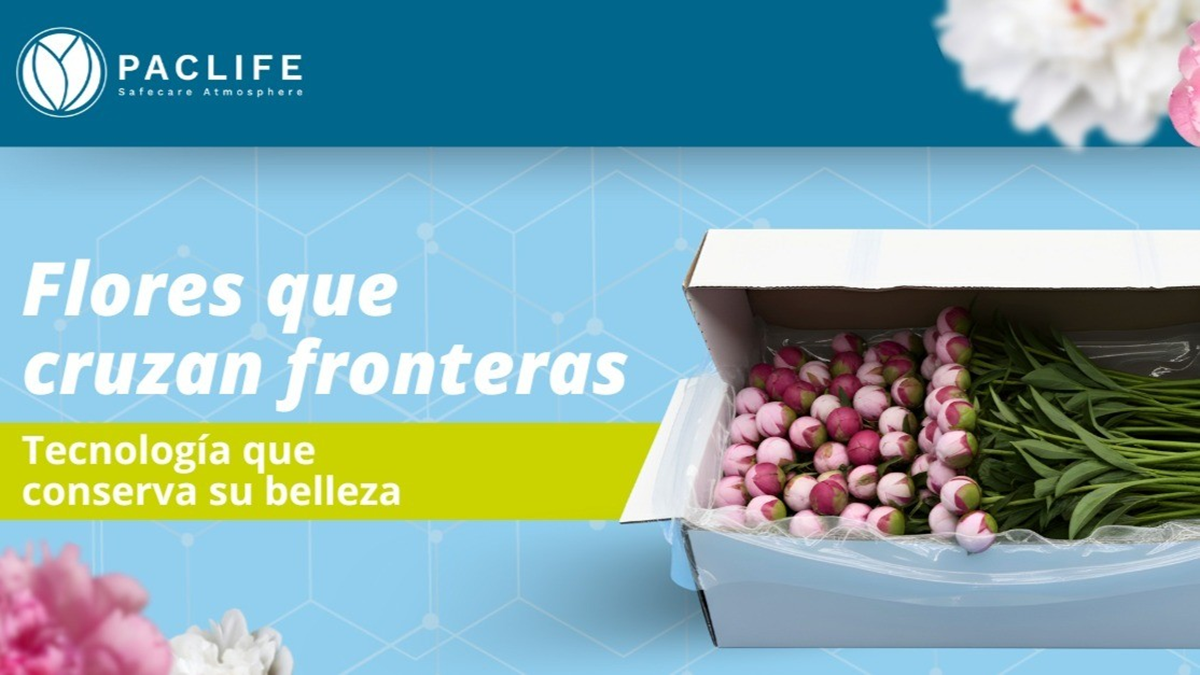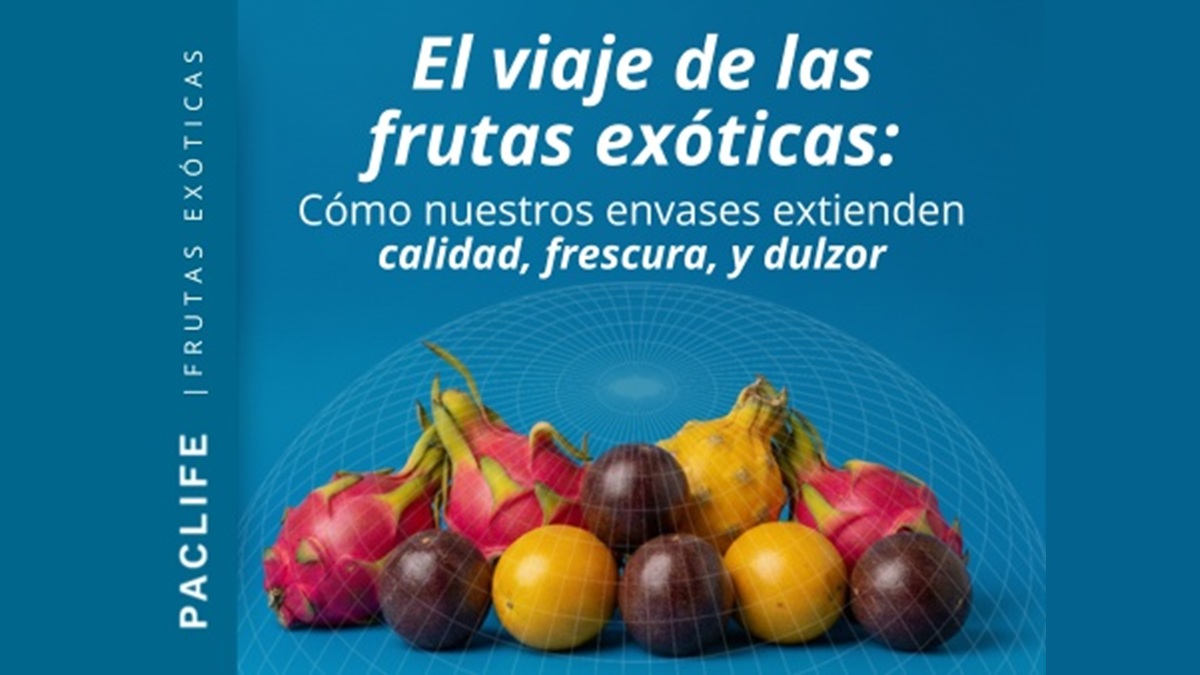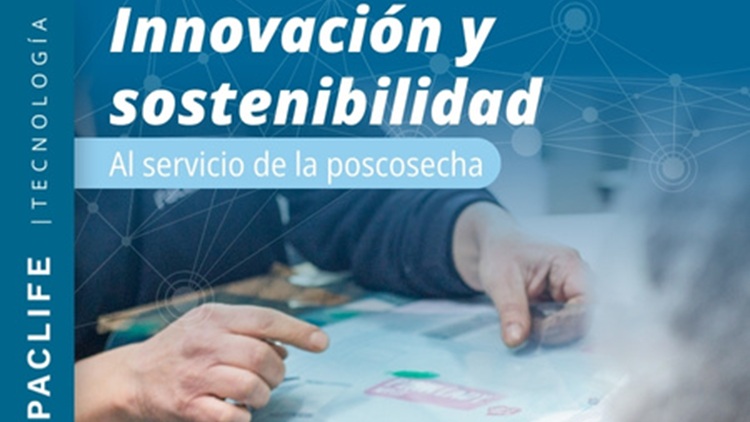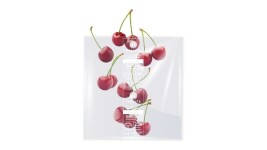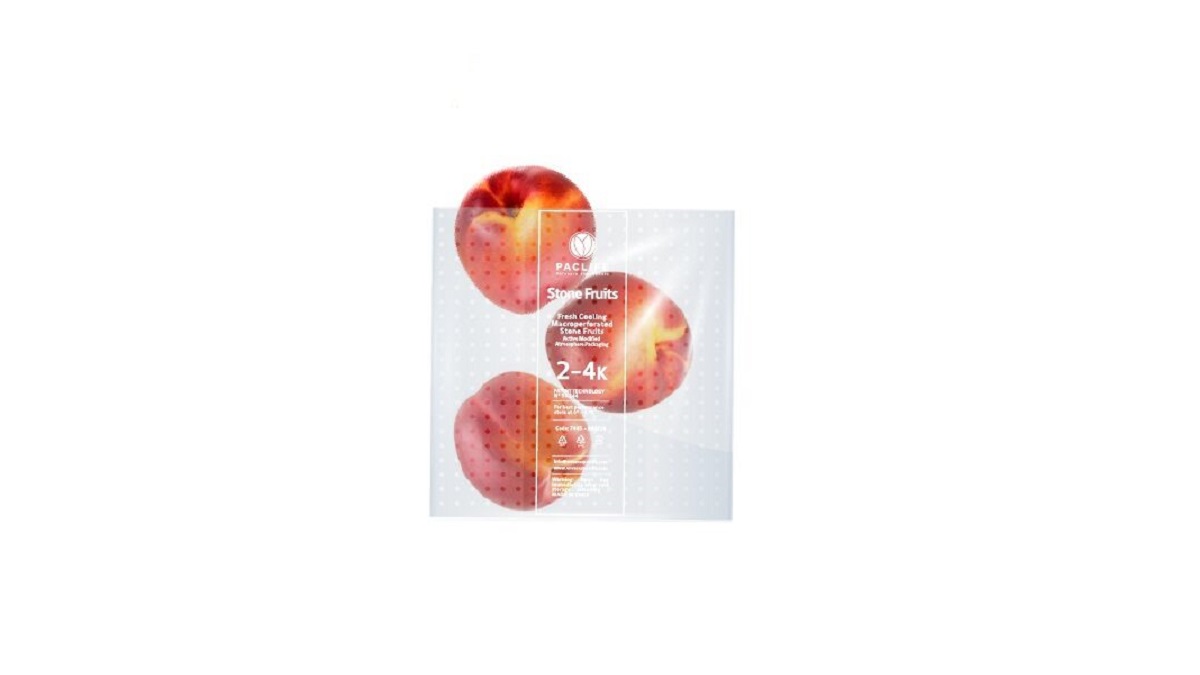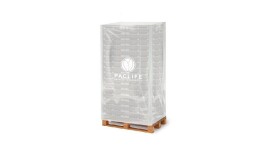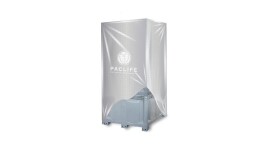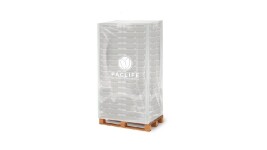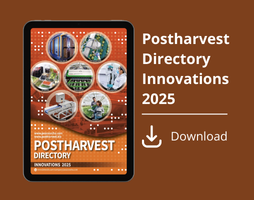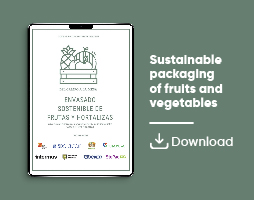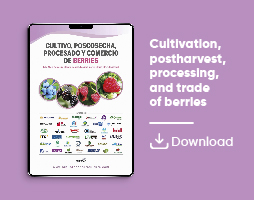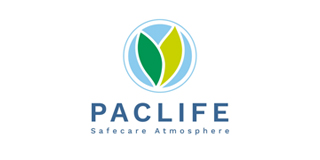

Paclife
Packaging
Active Packaging: A Key Technology for Successfully Exporting Fresh Fruit
Paclife offers advanced active packaging solutions that transform packaging into a strategic ally—extending shelf life, preserving quality, and ensuring compliance with the demands of international markets. By Paola Canales, Paclife
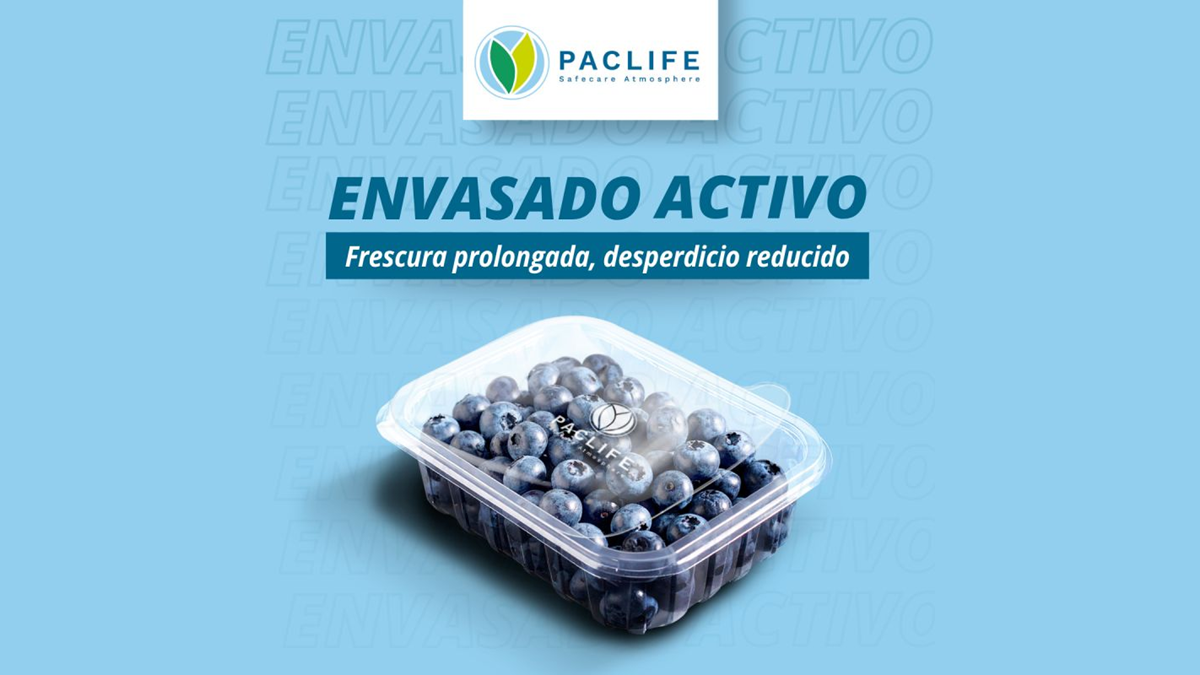
Traditionally, packaging was seen as a passive container whose role was limited to physically protecting the product. Today, that paradigm has shifted: active packaging turns the package into a dynamic participant, capable of interacting with the product to extend shelf life, ensure food safety, and preserve the organoleptic qualities of fruits and vegetables. Rather than merely slowing deterioration, these packages actively regulate the internal environment—crucial for products that must withstand transcontinental journeys, long storage periods, or breaks in the cold chain during export.
A Clear Example of Innovation: Active Modified Atmospheres
Unlike conventional packaging filled with ambient air, active modified atmosphere (MAP) packaging adjusts the gas mixture—mainly oxygen, carbon dioxide, and nitrogen—and regulates moisture generated by transpiration inside the packaging. The goal? To slow down the respiration rate of the product and delay ripening. For example, in export berries and cherries, high CO₂ levels combined with low O₂ significantly reduce metabolic activity, maintaining freshness for longer. This technique, enhanced with specialized films, buys critical extra time for sea shipments, ensuring that fruit arrives in optimal condition—even after weeks in transit.
Practical Applications Making a Difference
Ethylene Absorption for Climacteric Fruits
Fruits like apples, kiwis, and avocados release ethylene—a gas that accelerates ripening. Active packaging can incorporate additives such as zeolite-based minerals that absorb ethylene within the package. The result: slower ripening and extended commercial life. Kiwi producers, for instance, have achieved storage periods of up to 120 days using active packaging—an unthinkable feat with traditional methods—enabling access to distant markets without compromising quality.
Modified Atmosphere & Humidity Control
For leafy greens and edible flowers, gas and humidity balance is crucial. MAP bags with calculated permeability maintain optimal O₂/CO₂ and moisture levels, reducing condensation, dehydration, and preserving texture and color. In ready-to-eat salads (fourth range), combining breathable films with humidity regulators has doubled shelf life while maintaining crunch and freshness—minimizing spoilage-related waste. The active function is achieved via the film’s inherent permeability, adjusted with additives that control gas flow. A clear example is Chilean cherries exported to China: precision-engineered packaging ensures ideal gas exchange, enhancing stability despite challenges like temperature spikes in containers or slower sales at destination.
Controlled Release of Antimicrobial Compounds
One of the major postharvest challenges is fungal and bacterial spoilage. Active packaging technologies incorporate natural essential oils (e.g., oregano, thyme, citrus) and other antimicrobial agents into the packaging matrix or sachets. These compounds are gradually released, inhibiting pathogen growth without the need for synthetic fungicides. In stone fruits like peaches and plums, packaging with antifungal release mechanisms has successfully reduced Botrytis incidence while maintaining the fruit’s sensory quality during transport. While it doesn't fully eliminate disease, it buys valuable days, reduces losses, and helps meet strict phytosanitary standards in export markets.
Frozen Product Protection
While freezing halts ripening, frozen exports such as berries and asparagus face challenges like oxidation, freezer burn, and flavor loss. Here too, active packaging provides solutions. Oxygen absorbers in frozen product bags prevent oxidation of pigments and fats, preserving color and flavor. Meanwhile, enhanced barrier films and humidity control minimize frost and ice crystal formation, maintaining product quality even through mild temperature fluctuations. The result: frozen vegetables arrive at their destination with better appearance and nutritional value—building confidence in the supply chain.
Strategic Advantage & Market Compliance
Adopting active packaging is more than a technical choice—it’s a strategic one. In a globalized market, where countries like Chile compete to supply off-season fruit to distant markets, every extra day of shelf life matters. Prolonging freshness allows exporters to choose slower but more cost-effective sea freight over expensive air shipments, optimizing logistics and reducing environmental impact. Better product condition at arrival also lowers rejection rates and insurance claims, improving export margins.
Moreover, markets and consumers are raising the bar. Supermarkets across Europe, Asia, and North America expect imported fruit to retain taste and texture as if freshly harvested—and often require minimal postharvest chemical use. Here, active packaging becomes a key differentiator: it enables compliance with stricter export protocols (e.g., sulfur-free grapes using natural antifungal packaging) while adding visible value. A package that guarantees prolonged freshness translates into consumer trust and positions your brand as innovative and quality-focused.
From Trend to Essential Technology
Active packaging has evolved from a technological curiosity to a cornerstone of postharvest strategy for exporters. Its successful implementation breaks logistical barriers, extends the viability of fresh or frozen produce, and enhances competitiveness in an increasingly demanding industry. Far from being an added cost, it represents an investment that reduces waste, opens new markets, and protects the reputation of high-quality products.
In the race to bring the best of the harvest to the world, adopting active packaging is not just about extending the life of a product—it’s about extending the relevance and leadership of an entire industry.
About Paclife
PACLIFE is named after a new generation of high-permeability packaging developed for the preservation of fresh produce. These are active packaging solutions, designed to interact with the contents by modifying the internal atmosphere and significantly extending the shelf life of fruits and vegetables. This has been clearly demonstrated across recent export seasons in Chile’s fruit industry.
The applied technology is based on a patented development that begins at the sealing of the PACLIFE bag. Inside, the produce continues to respire, lowering oxygen levels and increasing carbon dioxide, creating a natural equilibrium atmosphere. This preserves product quality, flavor, and organoleptic characteristics throughout the supply chain.
The company holds numerous trials and certifications that support its claims—offering proven, science-backed packaging innovations for the global fresh produce industry.


